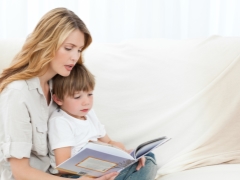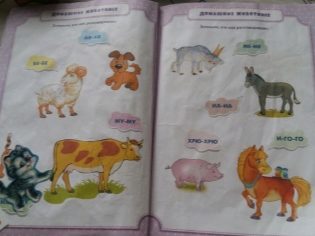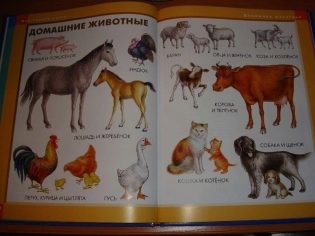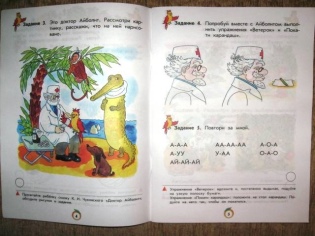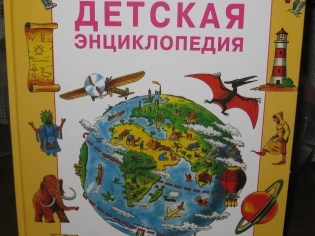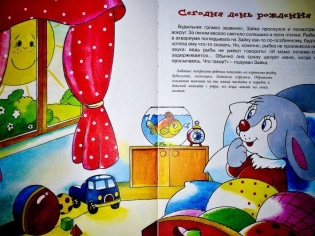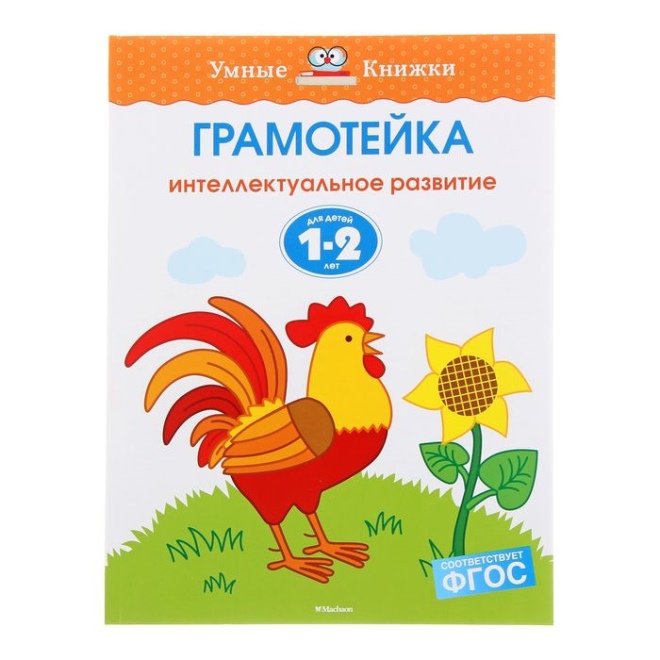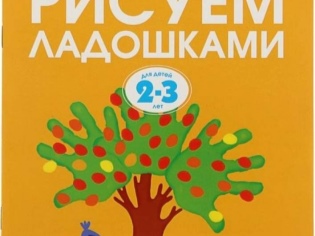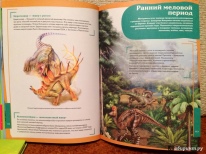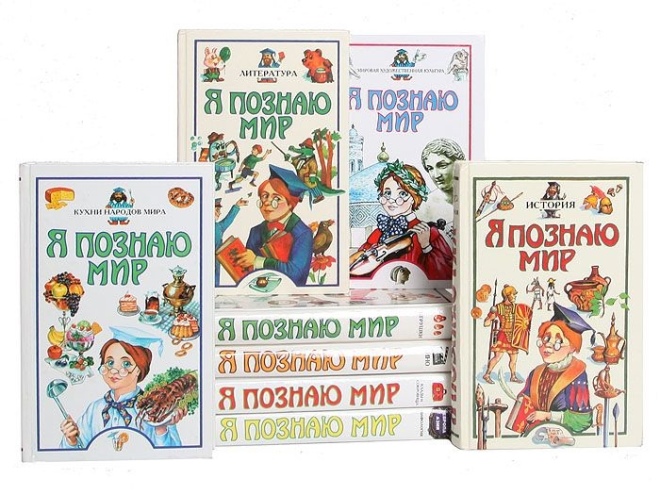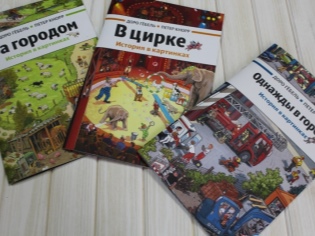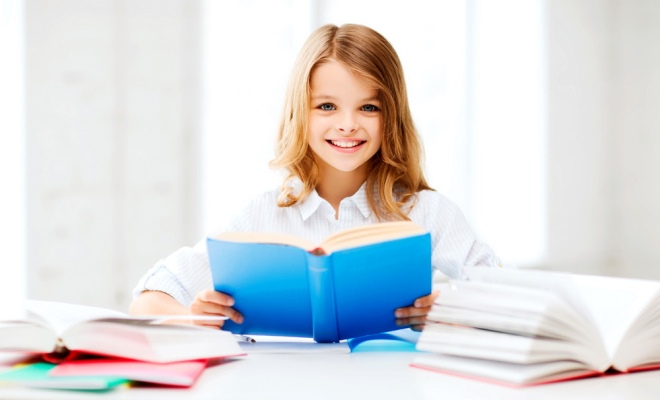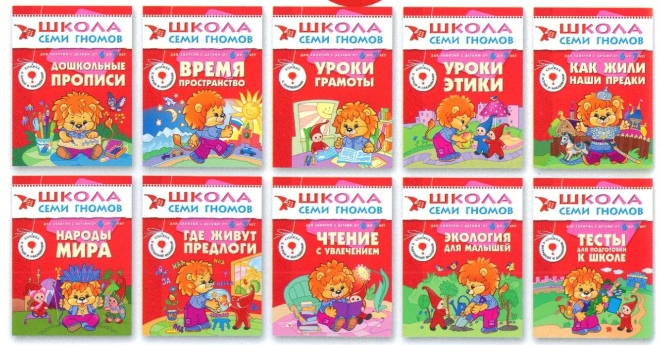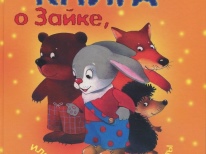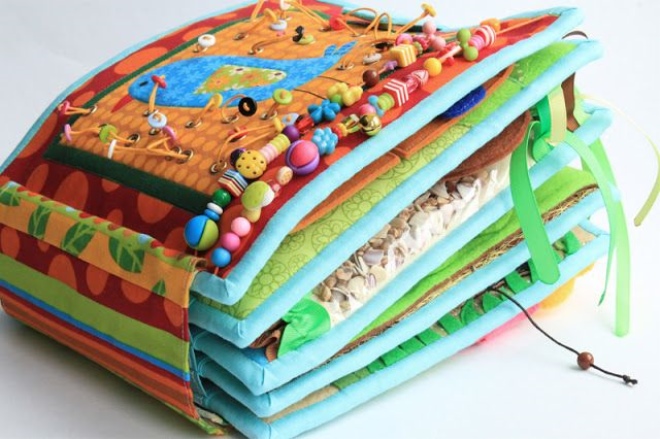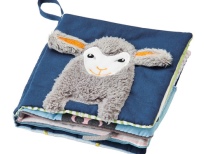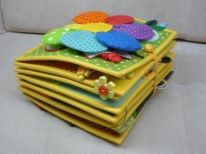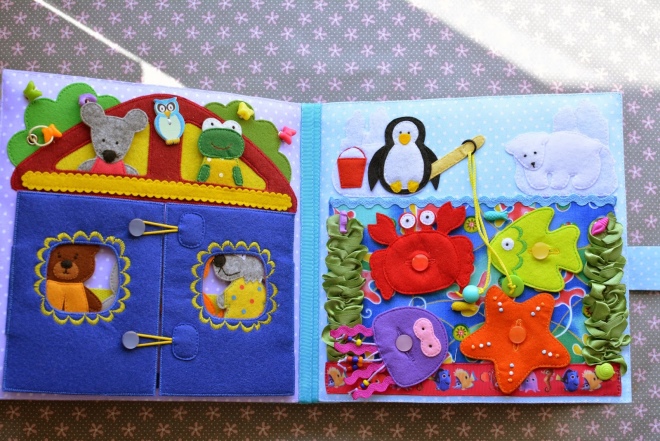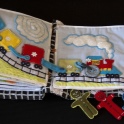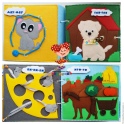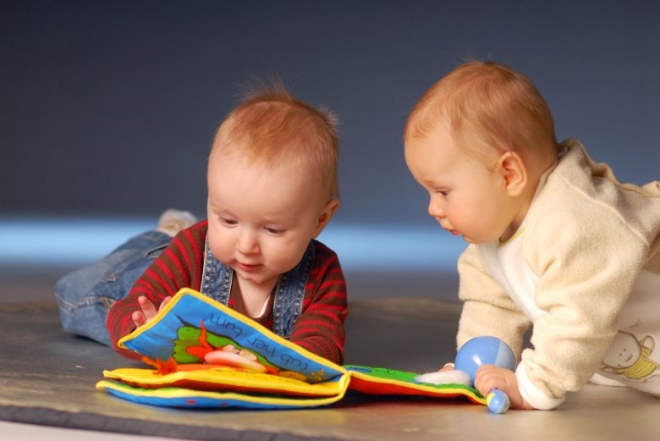Educational books for children
Books are traditionally considered to be a treasure trove of human knowledge, and no technology, including television and computers, could definitively oust them. Until now, the indicator of a person’s mind is often measured by the number of books he has read. The book may contain a lot of information useful not only for adults but also for children. Want to distract the child from various useless activities - buy him a developing book!
What requirements should a developing book meet?
Developmental books differ significantly among themselves depending on the child’s age, design, and developmental function. Remember, even the most intelligent and useful book will not cause the interest of the baby, if it does not have bright pictures.
The use of developing books is permissible from the age of one year, and some copies, according to the authors, are relevant even from the age of six months. Be that as it may, if we are talking about a book for a child of 1-2 years old, then the text and deep meaning here are at least - 90% of the page should be images, and again, not complicated, but the simplest. In a sense, it is not even a book, but an illustrative album of various subjects - for example, various objects, animals can be depicted and signed there.
For preschool children, any books that contain, in addition to bright drawings, certain simple tasks of a training type that have been turned into an exciting game will become relevant.
Finally, for children of primary school age and older, developmental books should be supplied with already certain textual information in significant amounts, although it is still too early to refuse catchiness. An excellent example of a developing book for this age is encyclopedias with detailed pictures.
Kinds
There are different types of educational books.
For spatial thinking
These are books for the smallest, supplied mainly with illustrations. They are designed for babies who spend most of their time at home and are not yet able to capture and memorize a dynamic picture. Let us give a simple example: a child at the age of 1-2 years in a zoo is more likely to be frightened than to be impressed, you will not be interested in television programs about the wild nature either, but you can watch pictures with elephants, bears, chanterelles and bunnies for hours.
The task of such a publication is to visually acquaint the child with certain objects or phenomena of the world and nothing more.
In addition to objects, there can also be seen the concepts of color and shape, large and small, top and bottom, etc. The book "Colors. Solar photo-book" can be a good example of such a publication.
For the development of logic
Such books traditionally contain certain tasks for the development of the mind - charades, rebuses. Most of the information must be submitted in the form of visual information. With age, such products need to be updated to bring the child’s logic to new levels. The phased development of logic is well thought out in the book The Great Book of the Hare.
To enhance speech skills and vocabulary
In order for a child to learn to speak well as soon as possible, he needs practice, and then the question arises - what topic would he begin to discuss.
Psychologists believe that the easiest way to do this is with the help of a developing picture book about the same child who lives the life of an ordinary child. This topic is close and understandable to the child, it interests him and will be an ideal platform to tell adults something new for them - about the main character.
To expand the vocabulary, the authors of such books often add to the illustrated story concepts that the child will surely meet in everyday life in everyday life, but so far not used by him - for example, the names of various fruits, animals, actions. The works of Sergei Savushkin, in particular, "Mom's Helper" and "The Bunny Himself", can serve as a model.
With tasks and tests
Such educational books are designed for children with certain basics of their own thinking and logic, since they require a pronounced “feedback”. The inability to read is still permissible here, but for children under the age of 4, such publications are unlikely to work.
The most popular “book” task for children is the sewn in coloring / painting dedicated to the same subject as the interesting stories and stories attached. As another alternative task, there can be simple mathematical operations, or tests that "determine" who the child is from his favorite characters.
Only at first glance such tasks seem simple entertainment, however posing a child even the simplest questions with the obligatory demand of an answer, but in a playful way, can make him think, and therefore gives a result. For children 1-2 years old, the book "Literature" is perfect.
For creative development
The task of books for creative development is the gradual direction of the child on his creative path from the simplest to the most complex, with a detailed illustrated explanation for each stage. Firstly, it looks like a challenge - how far I can go, secondly, it really provides for the emergence of new skills and the disclosure of talent. Well reveal the children's talents benefits "draw with your fingers" and "draw with the palms."
Ethical and Domestic Learning
This variety is designed for different age categories. In the variant for the smallest, such a publication in a vivid form should teach the elementary rules of behavior and politeness - greeting, farewell, expressing a request or gratitude, addressing elders and so on.
At an older age, the book may add features of behavior in certain typical situations - in the form of a story, there may be examples of who needs to give way to public transport, how to behave in situations of obvious injustice.
The creators of some pamphlets from the “School of the Seven Dwarfs” series exemplified this issue.
Cognitive
A good way to interest your child in various knowledge is illustrated encyclopedias. Their use is possible in different age categories, however, they are most widely used in children of middle school age, who are no longer just curious, but also have good reading and learning skills.
An interesting factor is the same pictures, but now you should focus on the photographic accuracy of the image.
The text should not be too much, and it should not contain too complex concepts for the child. Subjects are diverse - geography, biology, physics, it can be supplemented with sections on space research and paranormal phenomena. At one time, the series of encyclopedias "I Know the World" was widely spread, which is still considered very relevant today.
Original books
There are several types of educational books, so distinguished from the total number that they do not fall into one of the categories mentioned. The fact is that they develop a child in several areas at once, and differ from all others by their characteristic appearance.. We list the most common options.
Wimmelbukh, or books, "peepers"
The second is a simple translation of the first. The peculiarity of such books - in vivid pictures with high detail, without text at all or with a minimum of it, which allows for the freedom to interpret what they see - this can be interpreted differently each time. The lack of a specific plot makes the child connect logic and fantasy, and the brightness of the image stimulates additional interest and the desire to discuss, that is, helps to form speech skills.
Magnetic educational books
In fact, this is not so much a book as a board game. The kit includes a set of magnets with a specific image that must be placed on a special field in the correct order. Such a publication best trains the memory, since, by giving certain information, it allows you to repeatedly remove and reattach magnets, change places to check the degree of assimilation of the knowledge gained.
As an example of such a book, a magnetic atlas with flags is often cited, but this is a task for children of middle school age, and there are analogues for younger children, in particular, related to the animal world.
With stickers
This kind of developing books is completely analogous to the previous point, but, due to the greater simplicity of making stickers as compared with magnets, it allows for much greater variation in the subject matter.
What books and manuals should I choose?
The modern choice of developing books for children of all ages can make parents seriously think about which publications to give preference to. It is best to navigate by two criteria - firstly, according to the age and level of development of the child for whom the purchase is intended, secondly, according to the personal sympathies of the parents or even the future owner himself, if he is already clearly able to choose independently. At the same time, many parents would like to opt for something that is in high demand among Russian families, but they are not always guided by the topic.
The project of seven gnomes, stunning in scale, offers to cover literally all aspects of a child’s development from birth to school. However, this is not a developing book, but a whole library. The concept of the publication is structured in such a way that for each year of the baby’s life, 12 manuals are prepared, united by the common character of the main character - the gnome, who at this stage will teach the baby. It all starts with the most elementary - the distinction of colors, and comes to tests for preparing for school, and even a brief insight into the story - about how our ancestors lived. In other words, by purchasing this development book, no others can even be considered. For those who still doubt, there is great news - on the Internet in free access you can find the electronic version of the publication.
A good alternative, but only up to the age of five, can be the "Great Book about the Hare, or useful stories and conversations in pictures." Stories about Zaiku are the newest development of domestic educators, where on the six hundred pages there are beautiful pictures, tasks, and a lot of useful information. Unlike the previous edition, this program does not come out in vain in the format of one, albeit a thick book - the authors recommend working on it in a comprehensive and purposeful manner, it is not well suited to pull out certain topics from its context. A definite plus of the book is that it contains methodological recommendations for parents and questions that can be asked to the child for the purpose of checking and additionally fixing the past.
How to do it yourself?
If the mother herself is not averse to engage in creativity, then developing a book for a child can be successfully done with her own hands. Perhaps it will have less pedagogical significance, but in terms of a bright and beautiful gift it will definitely fit, and with a balanced and thought-out approach it can even compete with some market samples.
A self-made educational book is usually done only for the youngest children - for other kids, too complex illustrations that are close to photos are needed. As a rule, such a book is soft, its foundation is fabric, and to create the final product, you will need minimal skills in appliqué, cutting and sewing, as well as a definite idea. As for the volume - be guided by a maximum of 3 reversal and cover.
Pages are made strictly from natural fabrics - silk, felt or calico, because they are completely safe for the child. The recommended page size is about 20 centimeters on each of the sides, since there is enough space for conveying visual information and the child will be able to cover it all without dispelling attention. The cover can be made from the same material as the page, having previously folded it in half.
Applications and figures of characters can be found in specialized stores, but in most cases they are easier to make yourself. To do this, use the same fabric or cardboard, as well as decorative elements - beads and beads, ribbons and laces, threads, and much more. Appliques can be attached to the pages in different ways, depending on whether they should be removed or not - they can be sewn and attached with buttons, buttons or stickies. Do not hesitate to decorate the pages, in addition to applications, also purely decorative elements.
How to make a development book with your own hands, see more in the video below.
Determining the specifics of design, build on the age of the child. Children under one year old will like everything bright, especially if the application will provide additional opportunities, such as pulling a cat by a mustache, rustling or ringing, and so on. To do this, you need to make a volumetric application and fill it, for example, with candy wrappers. For children older than a year, it would be nice to come up with a concept where the same main character would be in different teaching situations.
As for the subject matter, you can start with the simplest thing - the study of colors and shapes.
The main thing is the presence of bright illustrative examples, while the additional task of the mother will be explaining to the child how each color or shape is called. In the book, you can sew zippers or pockets with buttons - the child will be interested, and at the same time he will get useful practical skills.
With the help of removable and collapsible composite applications, one can consider the concept of a part and a whole, and the initial idea of mathematics is given with the help of numbers next to the corresponding number of certain objects - the same beads.
Armed with fantasy or borrowed ideas, you can achieve a truly beautiful and useful result.
